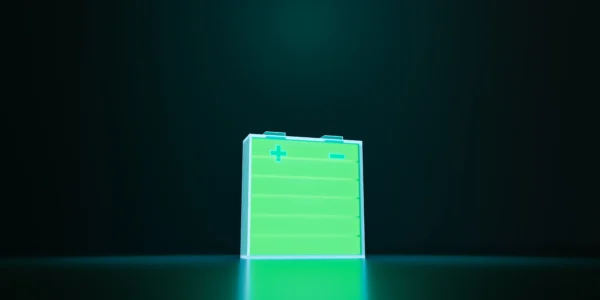Markets & Areas of application
The 48 V DC/DC converters and the high-voltage DC/DC converters from Querom Elektronik GmbH open up a wide range of applications in various industries and applications due to their modularity and the associated rapid adaptability.
Intralogistics – Industrial trucks/ AGVs/ AMRs
The new self-image of minimising the CO2 footprint of in-house production, as well as technological progress in the battery and electronics sector, is prompting manufacturers of industrial trucks, AGVs (Automated Guided Vehicles) and AMRs (Autonomous Mobile Robots) to develop new concepts for use in intralogistics.
For example, electrically powered vehicles offer significantly higher efficiency thanks to recuperation. Charging points can also be easily integrated into the existing infrastructure, especially if a DC grid is already in place. Hybrid concepts with energy storage systems consisting of a normal lithium-ion battery and a super-cap offer the possibility of transferring very high power levels, for example in inductive charging stations. At the same time, the energy density remains very high thanks to the lithium-ion battery, which is charged during longer breaks or overnight.
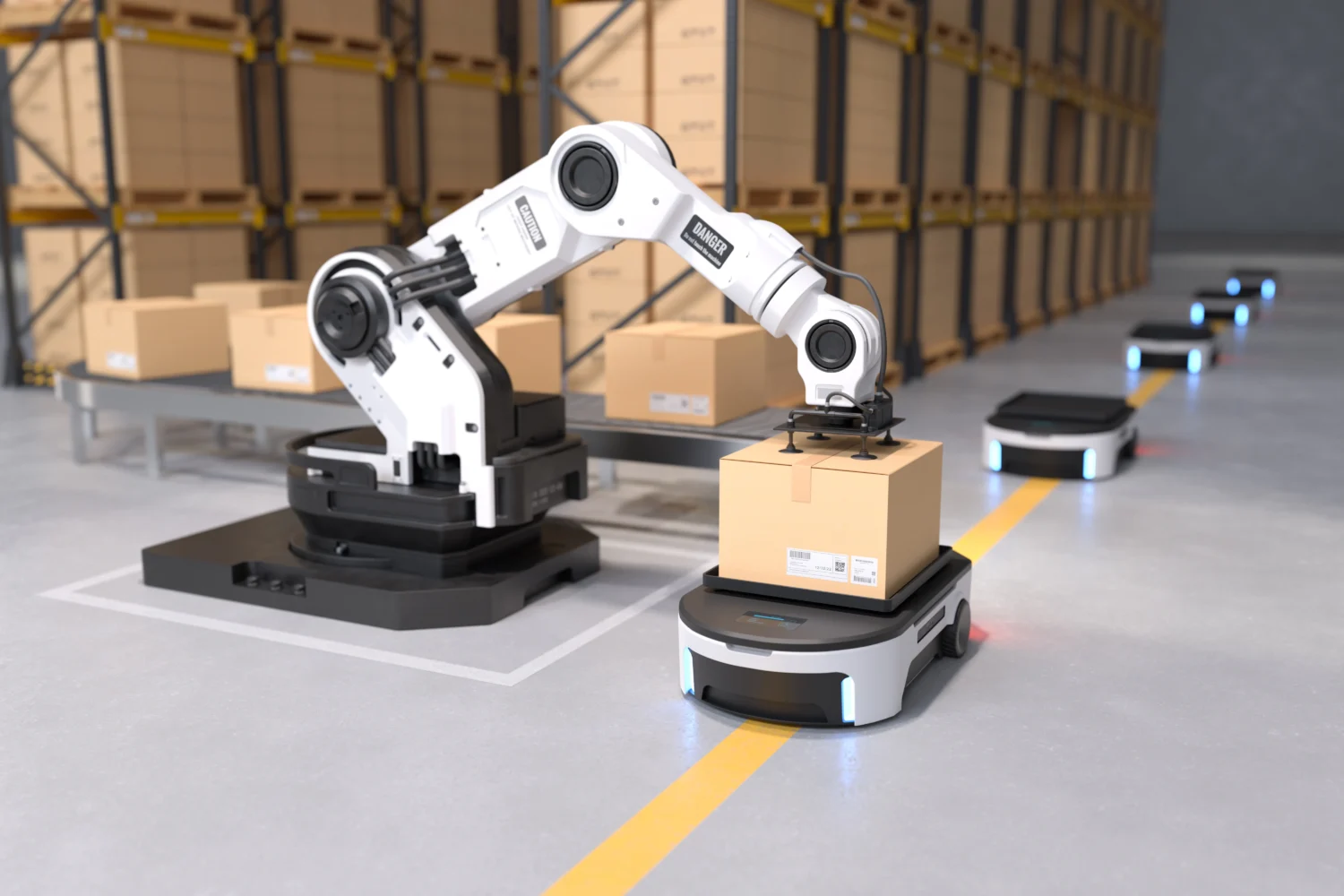
Hydrogen technology – Electrolysis
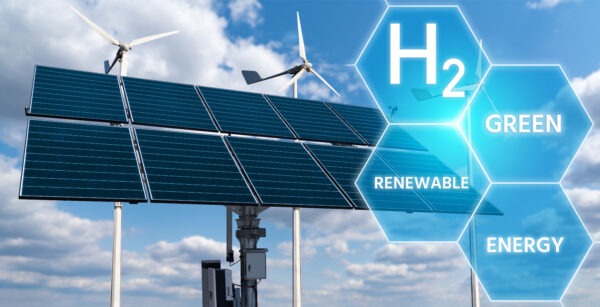
The high and increasing proportion of energy generated from renewable sources poses major challenges for grid operators. Decentralised energy storage systems are a crucial element of this energy transition in order to compensate for weather-related fluctuations in generation capacity. In addition to conventional energy storage systems, energy can also be temporarily stored in hydrogen. The modular system developed by Querom Elektronik GmbH offers manufacturers of electrolysers the opportunity to use a DCDC converter that is precisely customised to their needs.
Construction machinery and municipal vehicles
The requirement to reduce CO2 emissions and the ban on combustion vehicles in urban areas is also forcing manufacturers to rethink their approach to various construction machines and municipal vehicles. In addition, technological advances in batteries and electronic components are opening up new areas of application.
For example, small excavators, wheel loaders and crawler tractors are being powered by electricity so that they can also work indoors. In municipal vehicles, auxiliary drives such as sweeping brushes, lifting devices, suction units or pumps will be powered electrically in the future.
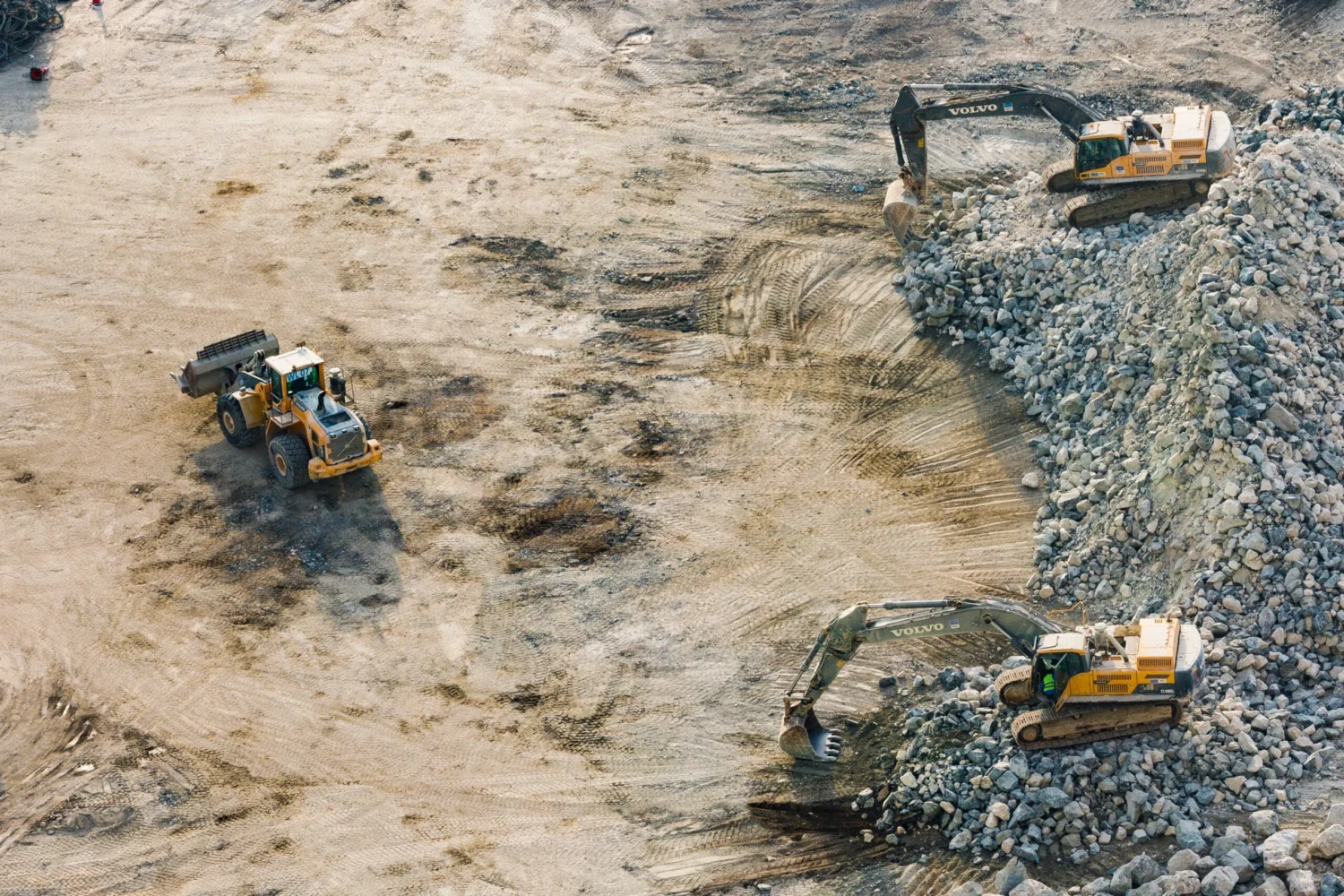
Power Supply – DC Grid
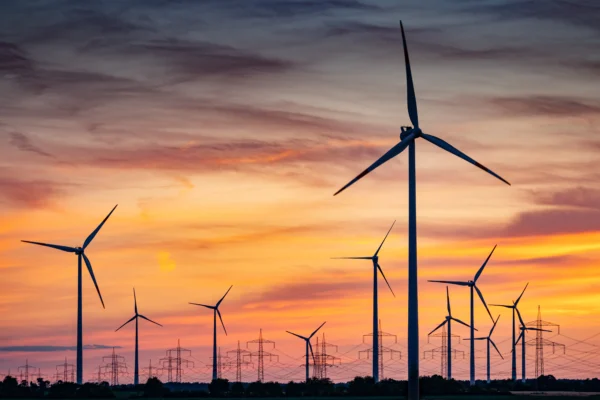
Due to an increasing regenerative and decentralized energy supply, the advantages of a pure DC grid in industry are increasing. Here, all consumers are supplied from an energy storage system using direct voltage. Usual voltages are in the range of 400 – 800 VDC. As a result, consumers are supplied decentrally from the high DC mains voltage using DC/DC converters.
For this purpose, DC/DC converters are installed in the control cabinet according to the loads, e.g. to supply PLC controls with 24 VDC.
Energy Storage – Li-Ionen or Redox-Flow
Stationary energy storage systems (privately or commercially used Li-ion or redox flow battery storage systems) are generally used to buffer regeneratively generated energy and release it again at a later point in time.
These energy storage systems often have a nominal voltage of 800VDC. Various components such as battery management systems, control units or fans are required to operate these storage systems. These components are usually operated with a voltage of 24VDC.
